
254 posts
Latest Posts by thxsdad - Page 3

Gustav Klimt (Austrian, 1862-1918)
Wasserschlangen I (Freundinnen)
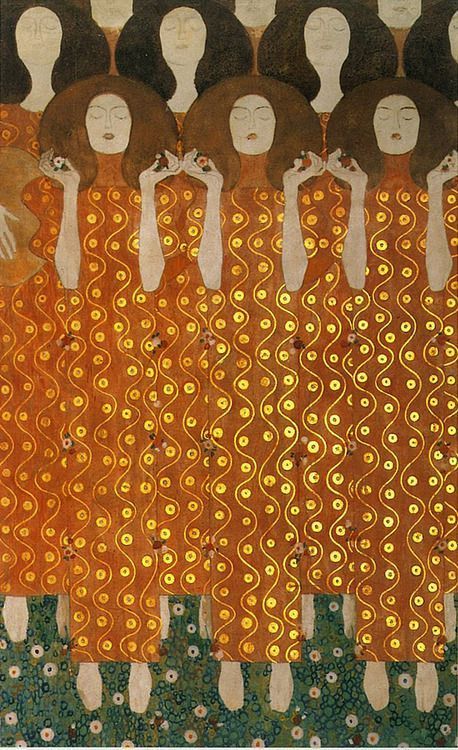
Gustav Klimt
image from The Beethoven Frieze The Longing for Happiness Finds Repose in Poetry.
it’s so true that the greatest weapon against nihilism and existential despair is to find joy in the mundane and never stop chasing after love
"nothing matters so do what you love and be kind" is the single most viscerally impactful message i have ever gleaned from consuming media and i'm going to live every day with that kind of hopepunk nihilism for the rest of my life










I put the asoue dedications in OpenAI and had the ai write me a few, here are my favorites










one last stop by casey mcquiston // From Eden - Hozier // 39 ways that i love u - “The Beatrice Letters” (a series of unfortunate events) ~ lemony snicket // Hans Makart - Detail from Musikalische Unterhaltung , 1874 // Edgar Allan Poe //39 ways that i love u - “The Beatrice Letters” (a series of unfortunate events) ~ lemony snicket // Cornelia Street - taylor swift // nobody - Hozier // via instagram @artqueerhabibi // this love - taylor swift // Antony Gormley //
requested by @whinysstuff
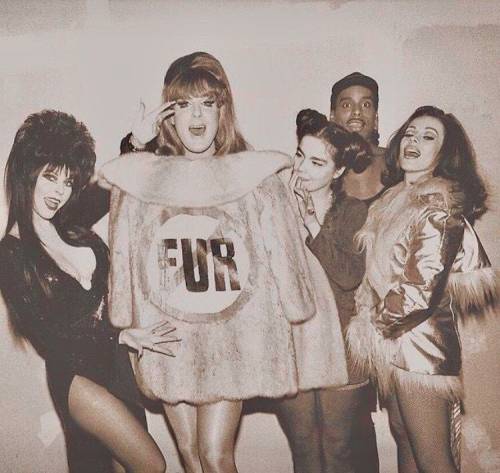
Vintage photo of Lady Bunny, Wili Ninja, Elvira, Björk, Lady Miss Kier, and Deee-Lite

it’s really hard to describe what un homme et une femme from stephan sinding means to me but just know it’s a lot

Stephan Sinding, Idyll, 1912, Ny Carlsberg Glyptotek, Copenhagen.

christina bothwell
From Anthony Bourdain:
Americans love Mexican food. We consume nachos, tacos, burritos, tortas, enchiladas, tamales and anything resembling Mexican in enormous quantities. We love Mexican beverages, happily knocking back huge amounts of tequila, mezcal, and Mexican beer every year. We love Mexican people—we sure employ a lot of them.
Despite our ridiculously hypocritical attitudes towards immigration, we demand that Mexicans cook a large percentage of the food we eat, grow the ingredients we need to make that food, clean our houses, mow our lawns, wash our dishes, and look after our children.
As any chef will tell you, our entire service economy—the restaurant business as we know it—in most American cities, would collapse overnight without Mexican workers. Some, of course, like to claim that Mexicans are “stealing American jobs.”
But in two decades as a chef and employer, I never had ONE American kid walk in my door and apply for a dishwashing job, a porter’s position—or even a job as a prep cook. Mexicans do much of the work in this country that Americans, probably, simply won’t do.
We love Mexican drugs. Maybe not you personally, but “we”, as a nation, certainly consume titanic amounts of them—and go to extraordinary lengths and expense to acquire them. We love Mexican music, Mexican beaches, Mexican architecture, interior design, Mexican films.
So, why don’t we love Mexico?
We throw up our hands and shrug at what happens and what is happening just across the border. Maybe we are embarrassed. Mexico, after all, has always been there for us, to service our darkest needs and desires.
Whether it’s dress up like fools and get passed-out drunk and sunburned on spring break in Cancun, throw pesos at strippers in Tijuana, or get toasted on Mexican drugs, we are seldom on our best behavior in Mexico. They have seen many of us at our worst. They know our darkest desires.
In the service of our appetites, we spend billions and billions of dollars each year on Mexican drugs—while at the same time spending billions and billions more trying to prevent those drugs from reaching us.
The effect on our society is everywhere to be seen. Whether it’s kids nodding off and overdosing in small town Vermont, gang violence in L.A., burned out neighborhoods in Detroit—it’s there to see.
What we don’t see, however, haven’t really noticed, and don’t seem to much care about, is the 80,000 dead in Mexico, just in the past few years—mostly innocent victims. Eighty thousand families who’ve been touched directly by the so-called “War On Drugs”.
Mexico. Our brother from another mother. A country, with whom, like it or not, we are inexorably, deeply involved, in a close but often uncomfortable embrace.
Look at it. It’s beautiful. It has some of the most ravishingly beautiful beaches on earth. Mountains, desert, jungle. Beautiful colonial architecture, a tragic, elegant, violent, ludicrous, heroic, lamentable, heartbreaking history. Mexican wine country rivals Tuscany for gorgeousness.
It's archeological sites—the remnants of great empires, unrivaled anywhere. And as much as we think we know and love it, we have barely scratched the surface of what Mexican food really is. It is NOT melted cheese over tortilla chips. It is not simple, or easy. It is not simply “bro food” at halftime.
It is in fact, old—older even than the great cuisines of Europe, and often deeply complex, refined, subtle, and sophisticated. A true mole sauce, for instance, can take DAYS to make, a balance of freshly (always fresh) ingredients painstakingly prepared by hand. It could be, should be, one of the most exciting cuisines on the planet, if we paid attention.
The old school cooks of Oaxaca make some of the more difficult and nuanced sauces in gastronomy. And some of the new generation—many of whom have trained in the kitchens of America and Europe—have returned home to take Mexican food to new and thrilling heights.
It’s a country I feel particularly attached to and grateful for. In nearly 30 years of cooking professionally, just about every time I walked into a new kitchen, it was a Mexican guy who looked after me, had my back, showed me what was what, and was there—and on the case—when the cooks like me, with backgrounds like mine, ran away to go skiing or surfing or simply flaked. I have been fortunate to track where some of those cooks come from, to go back home with them.
To small towns populated mostly by women—where in the evening, families gather at the town’s phone kiosk, waiting for calls from their husbands, sons and brothers who have left to work in our kitchens in the cities of the North.
I have been fortunate enough to see where that affinity for cooking comes from, to experience moms and grandmothers preparing many delicious things, with pride and real love, passing that food made by hand from their hands to mine.
In years of making television in Mexico, it’s one of the places we, as a crew, are happiest when the day’s work is over. We’ll gather around a street stall and order soft tacos with fresh, bright, delicious salsas, drink cold Mexican beer, sip smoky mezcals, and listen with moist eyes to sentimental songs from street musicians. We will look around and remark, for the hundredth time, what an extraordinary place this is.











megan nolan / fernando amorsolo / chelsea g. summers / saria dy / virginia woolf / jan davidsz. de heem / @littlewomenatelier / joy harjo / eat drink man woman / anthony bourdain

“Yolanda Lopez, a San Diego native, feminist and pioneer of the Chicana movement is best known for her Guadalupe Series. As a long time fixture and jewel of the Mission art scene in San Francisco, she continues to be at the forefront of artists responding to gentrification. This photograph is part of a series titled “Las Santas Locas de San Francisco” taken by Yolanda in 1979. The images are a beautiful representation of life in the Mission District, of mujeres in the Mission, of community building and solidarity. With these images and the rest of her work, Yolanda continues to fight against the erasure of a neighborhood and culture.” - Yolanda Lopez

Yolanda López, Who’s the Illegal Alien Pilgrim? 1981

If you ask someone to name five artists, they will likely name prominent male artists, but how many people can list five women artists? Throughout March’s Women’s History Month, we will be joining institutions around the world to answer this very question posed by the National Museum of Women in the Arts (NWMA). We will be featuring a woman artist every day this month, and highlighting artists in our current exhibition Half the Picture: A Feminist Look at the Collection which explores a wide range of art-making, focusing on enduring political subjects—encompassing gender, race, and class—that remain relevant today. The show is on view until March 31, 2019.
Together we hope to draw attention to the gender and race imbalance in the art world, inspire conversation and awareness, and hopefully add a few more women to everyone’s lists.
Yolanda Lopez’s art practice grew alongside her activism for the Chicanx student movement, which emerged in the late 1960s, and frequently centers the labor of women. Women’s Work Is Never Done is currently on view in Half the Picture: A Feminist Look at the Collection. In it, Lopez combines a 1965 image of labor leader Dolores Huerta proudly holding a strike poster with a group portrait of anonymous female farm workers dressed in protective gear for the heavy industrial work of a 1995 broccoli harvest. This International Women’s Day we celebrate the intellectual, organizing, and nourishing labor of the women depicted—and the work and lives of all trans and cis women around the world.
Yolanda M. López (American, born 1942). Woman’s Work is Never Done, from 10 x 10 Portfolio, 1995. Screenprint, sheet. Brooklyn Museum, Alfred T. White Fund, 1996.46.6. © artist or artist’s estate

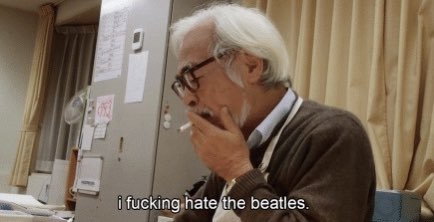
Junji Ito // Hayao Miyazaki

SPACE MUSHROOM FROM KATAMARI DAMACY


Keep reading
Excerpts from love letters that are close to my heart






1. Letters to Vera by Vladimir Nobokov//2 and 3. Letters to Milena by Franz Kafka//4. Emily Dickinson's letters to Susan Gilbert//5. John Keat's love letter to Fanny Brawne//6. Vita Sackville-West letters to Virginia Woolf

Dave Jordano, Cuba.



Frederic Edwin Church (1826-1900)
Twilight in the Wilderness, 1860 Moonrise, 1889 Cotopaxi (Ecuador), 1862





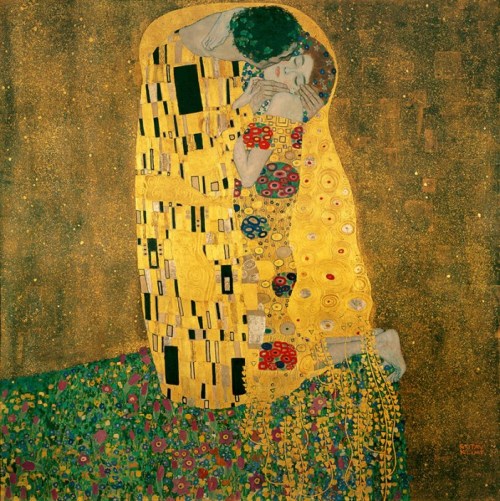



on kisses
michael armitage kampala suburb (2014) \ ron hicks \ svetlana tiourina blue kiss ii (2011) \ ?? \ francesco hayez the kiss (1859) \ gustav klimt the kiss (1908-09) \ edvard munch the kiss (1892) \ pablo picasso the kiss (aka the embrace) (approx. 1905) \ malcolm liepke (2016)

Gustav Klimt - Hygieia (1907)







My love, The moment has come to send you a farewell tasting of earth (dry leaves, something far away and disused). I wanted to do this with lines that don’t reach the margins—often called poems—but I have failed. There are so many intimate things for your ears only that words cannot express, only the shy algorithms that amuse my breaking wave. The noble trade of poet is not for me. It isn’t that I don’t have sweet things to say. If you only knew what is contained there in a whirl inside me. But the shell that contains them is too long, convoluted and narrow. They emerge, exhausted from the journey, and in a bad mood, elusive; the sweetest ones are the most fragile and are left behind, shattered, disparate vibrations… I’m a useless medium. I would disintegrate trying to convey everything at once. Let’s use everyday words to capture the moment. […] That is how I love you, remembering the bitter coffee every morning, the taste of the dimple in your knee, the ash of a cigar delicately balanced, the incoherent grumbling with which you defend your impregnable pillow.[…] That is how I love you, watching the children grow, like a staircase with no history (and I suffer because I can’t witness those steps). Every day, it’s like a stabbing in my side, upbraiding the idler from its shell. This will be a real farewell. Five years in the mire have aged me. Now there remains only one last step—the definitive one. The siren songs have ended, and so has my inner conflict. Now the flag is raised for my last race. The speed will be such that screams will accompany me. The past has come to an end; I am the future in progress. Don’t call me, because I won’t be able to hear you. But I will sense you on sunny days, under the renewed caress of bullets. […] I will keep a look out for you, in the way a dog remains alert while it’s resting, and I will imagine every part of you, piece by piece, and altogether.If one day you feel the force of an overbearing presence, don’t turn around, don’t break the spell, just keep on preparing my coffee, and let me experience you in that instant, for al






Young Ernesto Guevara
Perhaps one day tired of circling the world I'll return to Argentina and settle in the Andean lakes if not indefinitely then at least for a pause while I shift from one understanding of the world to another.
The Motorcycle Diaries


in the night garden





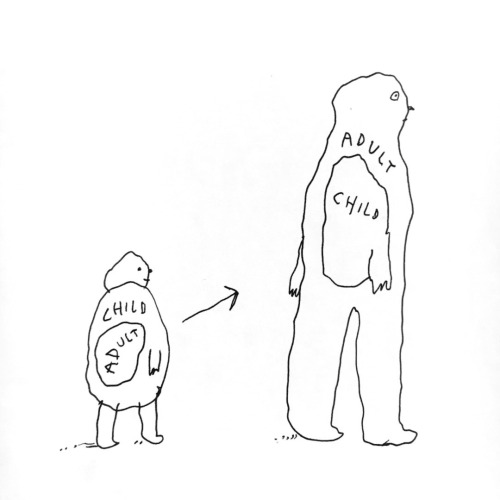




on growing up
unknown / Deathless by Catherynne M. Valente / Dream house I by Shanice Bloodbloom / unknown / First love/Late spring - Mitski / Liana Finck / Vacation - Florist / Corinne Hartley / You Don’t Have to Like Me by Alida Nugent / unknown
